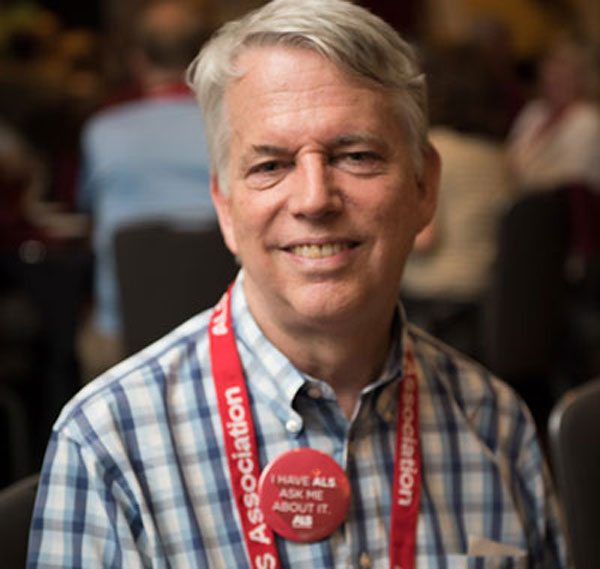
February 14, 2018; MarketWatch
Nonprofits that work on terminal diseases face a difficult question: Help the patients who are currently suffering, or work on a cure so that others won’t suffer in the future? The ALS Association (ALSA) has chosen to prioritize research, leaving some patient advocacy groups unhappy.
ALSA received $115 million from the Ice Bucket Challenge in 2014, nearly five times the $23.5 million the nonprofit had raised the year before. They have committed $96 million of that funding to their more than 150 labs.
Stephen Winthrop, chair of ALSA’s 25-member board and currently the only board member with amyotrophic lateral sclerosis (ALS), also known as “Lou Gehrig’s disease” for the Hall of Fame baseball player who was felled by it, calls it a “bit of a Sophie’s choice.”
Living with ALS is hard on patients and families. Insurance often does not cover ramps, motorized chairs or lifts, and other equipment necessary to aid someone who loses control of their limbs, as ALS patients do; the diseases paralyzes patients from the outside in, until it stops the heart and lungs.
The disease is always fatal, and there is neither cure nor palliative treatment. It brings financial and emotional hardship on families, but Matt Bellina, speaking on behalf of the patient advocacy group Terminally Persistent, said about the Ice Bucket proceeds, “There really is not a sense of urgency.” From the MarketWatch article by Emma Court:
Bellina was working as a pilot in the navy when his hand started cramping on the throttle, fingers twitching. He started having balance issues, and knew something was wrong.
Bellina now lives in Pennsylvania with his wife and three small boys. He gets around in a wheelchair or walker, and needs his wife’s help to eat, bathe and get dressed.
Sign up for our free newsletters
Subscribe to NPQ's newsletters to have our top stories delivered directly to your inbox.
By signing up, you agree to our privacy policy and terms of use, and to receive messages from NPQ and our partners.
ALS is a progressive disease. For Bellina, it’s getting harder to talk, “and at some point I’m going to be fully paralyzed,” he said. But he doesn’t see the ALSA’s attitude reflecting that.
It’s difficult for an organization to tell patients and families, “We’re working on a cure for your disease, but we can’t do anything for you right now.” ALS patients live, on average, two to five years after their diagnosis, but finding cures for neurodegenerative diseases takes much longer.
Ultimately, ALSA believes they are doing the right thing. Winthrop said, “The problem with that decision in my opinion is that the money would be very well spent, it would alleviate a lot of suffering, and we’d look up six months later, we’d have blown through all that money and we’re no closer to the cure.”
NPQ pointed out in 2016, “the real, serious work that has ensued in its wake is slow, time-intensive, and very incremental.” Other groups have been working to speed up the research process, and their efforts, combined with the huge funding windfall in 2014, seems to be helping. ALS ONE, founded by Kevin Gosnell, who died of ALS in 2016, works to increase collaboration among fundraisers and research labs. Gosnell claimed in 2015 that “ALS doctors spend 50 percent of their time trying to raise funds on their own,” which is a poor allocation of time and talent. He described the ALS fundraising community as “the most fractured fundraising group in the entire country.” Facing realities like these, it’s no wonder that patients became frustrated.
Some progress is being made. In 2016, Project MinE identified a new gene associated with the disease, which could lead to new treatments. Just this week, the ALSA announced that “Ice Bucket Challenge donations recently led to a significant discovery in understanding a disease pathway behind the most frequent cause of inherited ALS.”
Of course, the discovery of a gene pathway is of little comfort to patients who will almost certainly die before a cure is developed. Bellina wants ALSA to invest in a stage 3 clinical trial currently underway, but Calaneet Balas, ALSA president and chief executive officer, said that ALSA does not invest in trials at that stage because they are too high-risk and too high-cost.
ALSA says it is staying true to its mission to “discover treatments and a cure for ALS, and to serve, advocate for, and empower people affected by ALS to live their lives to the fullest.” The board, therefore, is called upon to do a difficult balancing act between current and future benefits, but, in doing so, they must also ensure that the voices of those suffering from the disease are heard and acted upon.—Erin Rubin











